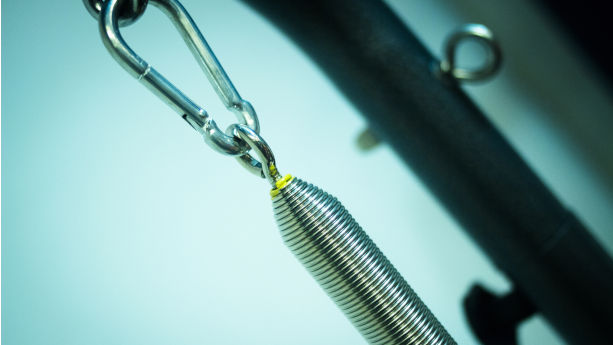
The General Product Safety Regulation (GPSR) sets testing requirements a wide range of consumer products sold in the European Union. In this guide, we explain what brands, manufacturers, and importers must know about testing requirements under the GPSR, and how these relate to technical documentation and European standards.
Content Overview

FREE CONSULTATION CALL (30 MIN)
 Ask questions about compliance requirements
Ask questions about compliance requirements Countries/markets:
Countries/markets:
 Learn how we can help your business
Learn how we can help your business
You will speak with:Ivan Malloci or John Vinod Khiatani
Is safety testing required for products covered by the GPSR?
Article 9 states that the technical documentation must include test results, which demonstrates compliance with the applicable European standards:
2. Before placing their products on the market, manufacturers shall carry out an internal risk analysis and draw up technical documentation containing at least a general description of the product and its essential characteristics relevant for assessing its safety.
Where appropriate with regard to possible risks related to the product, the technical documentation referred to in the first subparagraph shall also contain, as applicable:
(a) an analysis of the possible risks related to the product and the solutions adopted to eliminate or mitigate such risks, including the outcome of any reports related to tests conducted by the manufacturer or by another party on their behalf; and
(b) the list of any relevant European standards as referred to in Article 7(1), point (a), or the other elements referred to in Article 7(1), point (b) or Article 8, applied to meet the general safety requirement laid down in Article 5.
In practice, this means that you must include the test report with the technical documentation, which can only be done if the product is subjected to testing. The test report should also specify which European standards it conforms to.
For example, a test report for a baby crib sold in the EU would likely cover the following harmonised standards:
EN 1130:2019, EN 1130:2019/AC:2020 – Children’s furniture – Cribs – Safety requirements and test methods
EN 1130-1:1996 – Furniture – Cribs and cradles for domestic use – Part 1: Safety requirements
EN 1130-2:1996 – Furniture – Cribs and cradles for domestic use – Part 2: Test methods
Further, Article 9 covers obligations of manufacturers. That being said, companies ordering custom designed or branded products are also considered manufacturers – even if they do not have their own production facilities.
Is it mandatory to obtain a test report?
Yes, it is stated under Article 9 that the outcome of product testing must be included in the technical documentation. This can only be done if testing has actually taken place.
Which products are covered by GPSR testing requirements?
The General Product Safety Regulation (GPSR) requires that all consumer products are safe to use. Further, the General Product Safety Regulation (GPSR) covers essentially all products that are nore covered by other EU regulations and directives. For example, toys are covered by the Toy Safety Directive, which lists harmonised standards and sets testing requirements. However, children’s products that are not toys, such as strollers or cots, are not within the scope of the Toy Safety Directive – and falls under the GPSR instead.
In a sense, the GPSR serves as a safety net for ensuring that all products sold in the EU meet basic safety requirements.
Do we need to use a third party testing company?
We cannot find any statement in the General Product Safety Regulation (GPSR) indicating that the involvement a third-party testing company is mandatory. Hence, it may in some cases be acceptable to carry out testing in house.
That being said, third-party testing not being mandatory does not equal that testing is not mandatory. Large companies like Matell and IKEA have in-house testing facilities – and personnel that thoroughly understand the applicable standards.
This is not the case for most small to medium sized companies, which tend to lack the in-house expertise and equipment to carry out relevant safety tests. In these cases, sending samples to a third-party testing company is often the only alternative.
How do we know which GPSR tests apply?
The first step is to identify applicable standards, as products that comply with harmonised and other relevant standards are presumed to be compliant. We normally look at the list of harmnised standards under the GPSR, which you can find on the European Commission website.
For example, if you sell baby carriers, then you can find the following standards listed:
EN 13209-1:2004 – Child use and care articles – Baby carriers – Safety requirements and test methods – Part 1: Framed back carriers
EN 13209-2:2005 – Child use and care articles – Baby carriers – Safety requirements and test methods – Part 2: Soft carrier
EN 13209-2:2015 – Child use and care articles – Baby carriers – Safety requirements and test methods – Part 2: Soft carrier
However, only 122 standards are harmonised under the GPSR, which leaves out a vast number of products. In these cases, the solution is often to identify and implement non-harmionised European standards instead.
Another option is to request a qualified testing company like QIMA or TUV Rheinland to assess which standard or standards may apply to a certain product.
Is lab testing required if we modify a product?
Yes, the GPSR states that testing is required to the extent that the product modification must be proven to be safe. At the same time, it leaves it open to the manufacturer to determine if the entire product must be subject to repeat tests or not.
In order to avoid an unnecessary and disproportionate burden, the person carrying out the substantial modification should not be required to repeat tests and produce new documentation in relation to aspects of the product that are not impacted by the modification. It should be up to the person that carries out the substantial modification to demonstrate that the modification does not have an impact on the product as a whole.
Which companies offering testing according to GPSR requirements?
Most established testing companies can provide testing corresponding to the requirements under the GPSR. Here are a few examples:
- QIMA
- TUV Rheinland
- Eurofins
- SGS
- Intertek
- Bureu Veritas
Can we use existing test reports to demonstrate compliance with GPSR?
Using existing test reports is only an option if it meets the following criteria:
1. You are selling the exact same products – as you can see above, modifications can render a test report invalid.
2.The test report must be based on the current versions of the applicable European standards.
Do Amazon sellers need to provide GPSR test reports?
Amazon can, and do, request lab test reports from sellers. While Amazon is unlikely to ask for a “GPSR test report”, they can request test reports corresponding to GPSR harmonised standards, or other European standards.
The ultimate objective is still to make sure that the product is compliant with the overall GPSR objectives.
What can happen if our products are not tested?
Without product testing you cannot be certain that your product is complaint with the applicable Euroean standards. By extension, this means that you cannot demonstrate compliance with the broader safety requirments under the General Product Safety Regulation.
These standards exist for a reason. If your product is not designed and tested according to the relevant European standards, then these can be inherently unsafe. This can in turn result in product recalls, and fines.
It’s therefore in your own interest to ensure that you first identify applicable standards, and then ensure that your product is tested before market introduction.

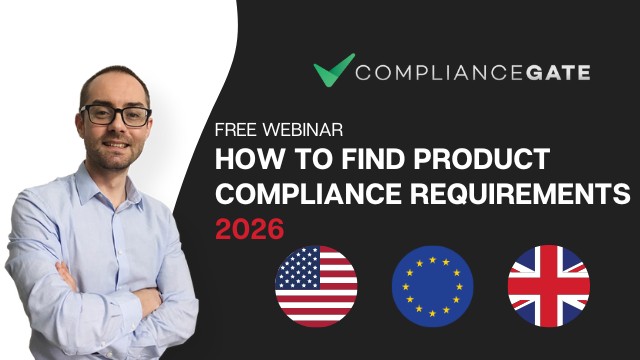





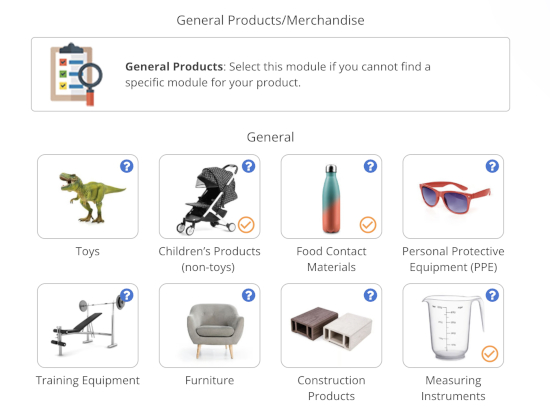






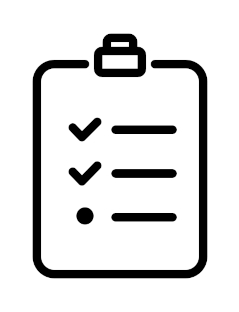


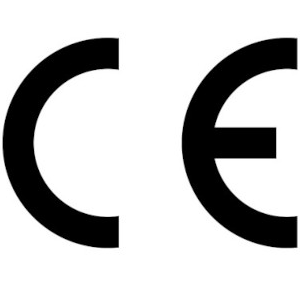




.png)
.png)
.png)
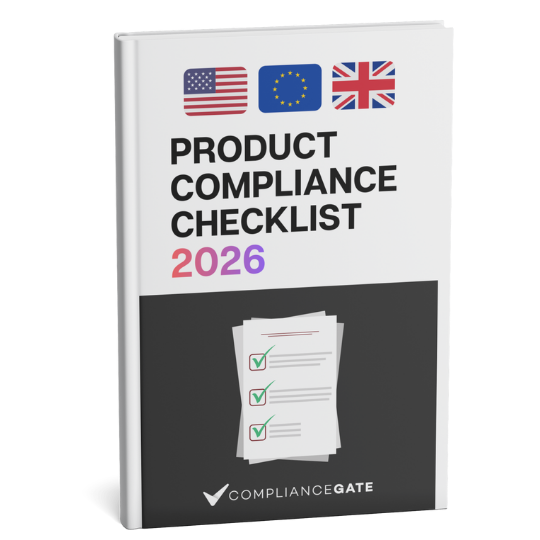



Hey,
My understanding from reading article 9 several times, is that lab testing is not required if there are no standards to test against. Section 2, states:
Before placing their products on the market, manufacturers shall carry out an internal risk analysis and draw up technical documentation containing at least a general description of the product and its essential characteristics relevant for assessing its safety.
Where appropriate with regard to possible risks related to the product, the technical documentation referred to in the first subparagraph shall also contain, as applicable:
The first paragraph use very explicit language that a risk assesment and technical documentation is mandatory and states what at a minimum the technical documentation must include for everyone. The second paragraph then says that “Were appropriate” testing should be also done.
It is clearly not appropriate to safety test a button or a painting on a canvas, and so on. And sure whilst “appropriate” is something that can be argued in court, it seems crazy to infer from the legislation that lab testing is mandatory.
Hello Harry,
I understand what you mean, but you could still include substance test reports for example.
That being said, I think the market surveillance authorities will focus more on, say, baby bottles than paintings when it comes to enforcement.